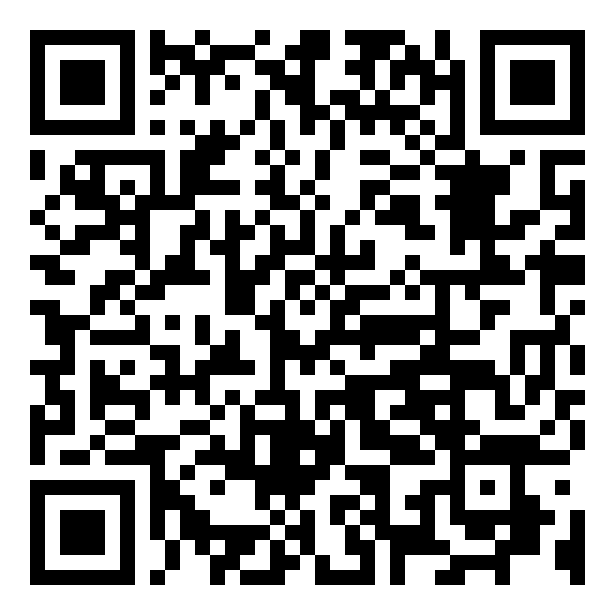Back

 View Leader Board
View Leader Board



Cellular Technologies
NanoBRET™ Intracellular Kinome-Wide Profiling of BTK Inhibitors and Mechanism Action of Analysis of Selected Compounds.
- TI
Takeomi Inoue, MSc.
Section Manager
Carna Biosciences, Inc.
Kobe, Hyogo, Japan
Primary Author - January Poster(s)
Abstract: Since most kinase inhibitors target the structurally conserved ATP-binding site, it is important to thoroughly investigate the target selectivity of compounds. Kinase selectivity has been studied extensively using biochemical approaches in purified settings, but has rarely been studied in living cells. In this study, we report the utility of conducting the kinome-wide profiling in live HEK293 cells using the NanoBRET™ Target Engagement (TE) K192 Kinase Selectivity System, a format known as the NanoBRET™ TE Intracellular Kinase Assays. The cells were transiently transfected with 192 kinase-NanoLuc® fusion vectors and target occupancy of test compounds at 192 kinases was individually investigated in a competitive format using a single cell-permeable tracer, K-10. NanoBRET™ Intracellular Kinome-Wide Profiling of 4 BTK inhibitors (Fenebrutinib, Ibrutinib, Dasatinib and Compound A) revealed outstanding kinase selectivity of Compound A and Fenebrutinib, compared to the other two compounds. Moreover, Dasatinib exhibited improved intracellular selectivity compared to biochemical expectations, especially with respect to weak interactions. Based on these results and the knowledge that BTK inhibitors often target collateral TEC-family kinases, mechanism of action analyses were performed for Compound A and Fenebrutinib against BTK, TEC and BMX. Quantitation of intracellular compound affinity using NanoBRET™ TE demonstrated that Fenebrutinib was less potent against BMX and TEC compared to Compound A, while both compounds showed high affinity to BTK. In residence time analysis using NanoBRET™ TE, Compound A dissociated more slowly from BMX and TEC, consistent with its higher affinity to these kinases relative to Fenebrutinib. As illustrated in this study, residence time analysis often reveals clear kinetic selectivity, suggesting the importance of measuring this parameter to characterize the compounds. Altogether, NanoBRET™ Intracellular Kinome-Wide Profiling is a valuable tool to investigate kinase selectivity of test compounds in a native cellular milieu, in addition to biochemical profiling. This kinome-wide profiling has been incorporated into our services and can be utilized by customers alongside the IC50 determination and residence time analysis services.
 View Leader Board
View Leader Board
Your Points: 0
Scan and Win! Complete as many scavenger hunt questions as possible. You will find scavenger hunt QR Codes to scan on participating posters. Each participating poster in the exhibit hall will have a QR code next to it. For virtual participants, look for the scavenger hunt icon for participating posters.
SLAS Events

Instructions
Each poster participating in the scavenger hunt will have a SCAVENGER HUNT QR code. When that QR code is scanned using the SLAS2022 app, question about the poster will appear. You must answer the question correctly to collect points. BE SURE TO EXPLORE THE POSTER BEFORE SCANNING THE CODE! SLAS will award three prizes to the participants with the most points.
1st Prize - Comp Reg + Hotel/Airfare to SLAS2023 in San Diego
2nd Prize - $50 Starbucks Gift Card
3Rd Prize - $25 AMEX Gift Card
Keep an eye on the leader boards to see who’s at the TOP. Winners will be announced after SLAS2022.
Each participating poster in the exhibit hall will have a QR code next to it. For virtual participants, look for the scavenger hunt icon for participating posters.
1st Prize - Comp Reg + Hotel/Airfare to SLAS2023 in San Diego
2nd Prize - $50 Starbucks Gift Card
3Rd Prize - $25 AMEX Gift Card
Keep an eye on the leader boards to see who’s at the TOP. Winners will be announced after SLAS2022.
Each participating poster in the exhibit hall will have a QR code next to it. For virtual participants, look for the scavenger hunt icon for participating posters.
